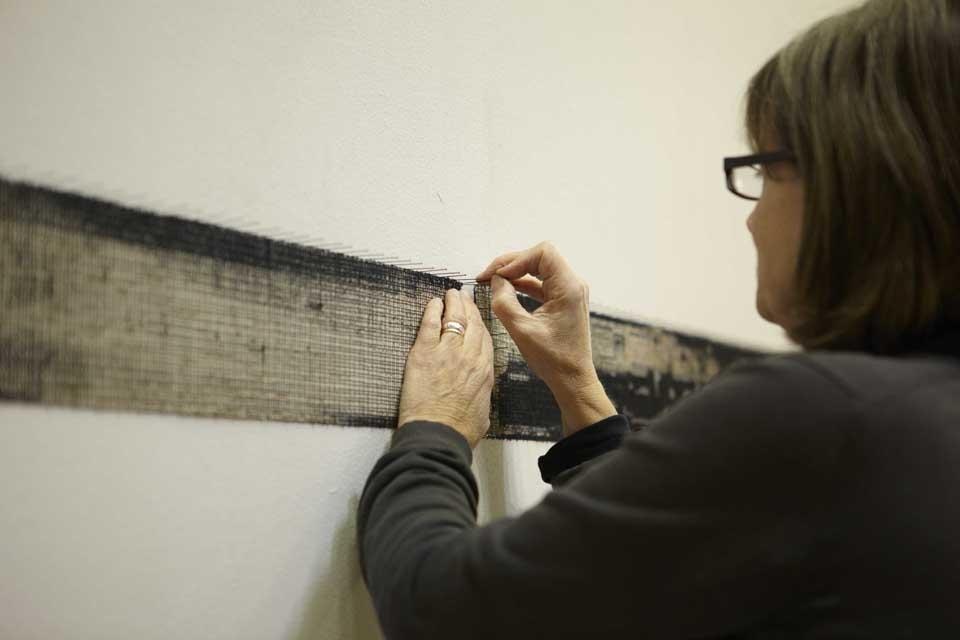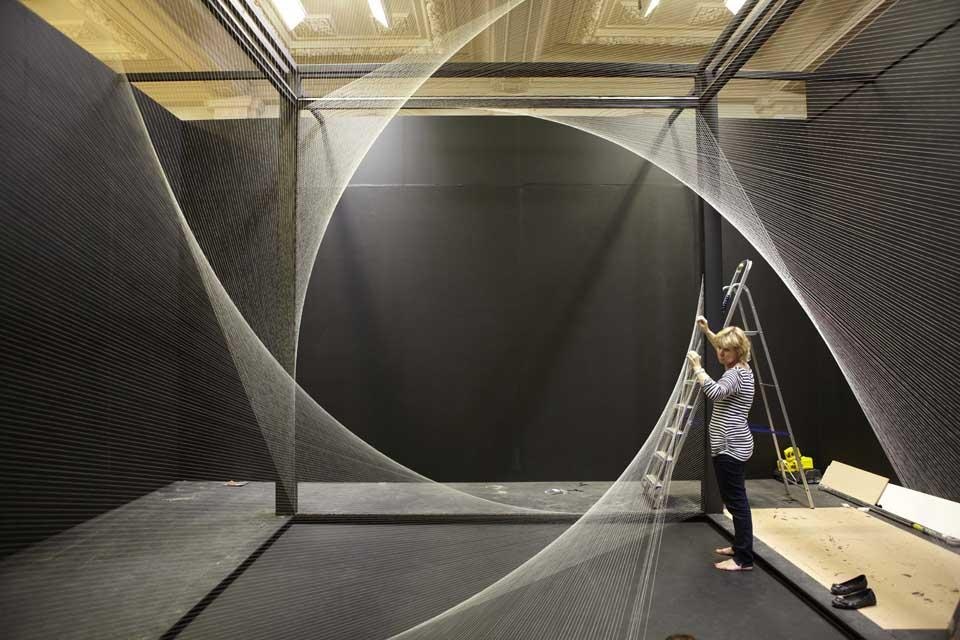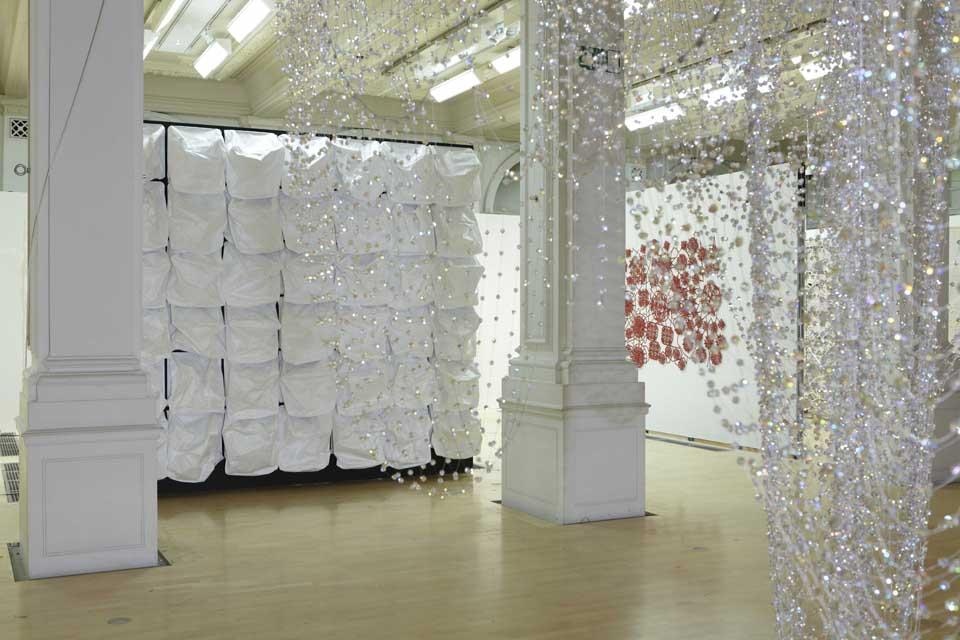
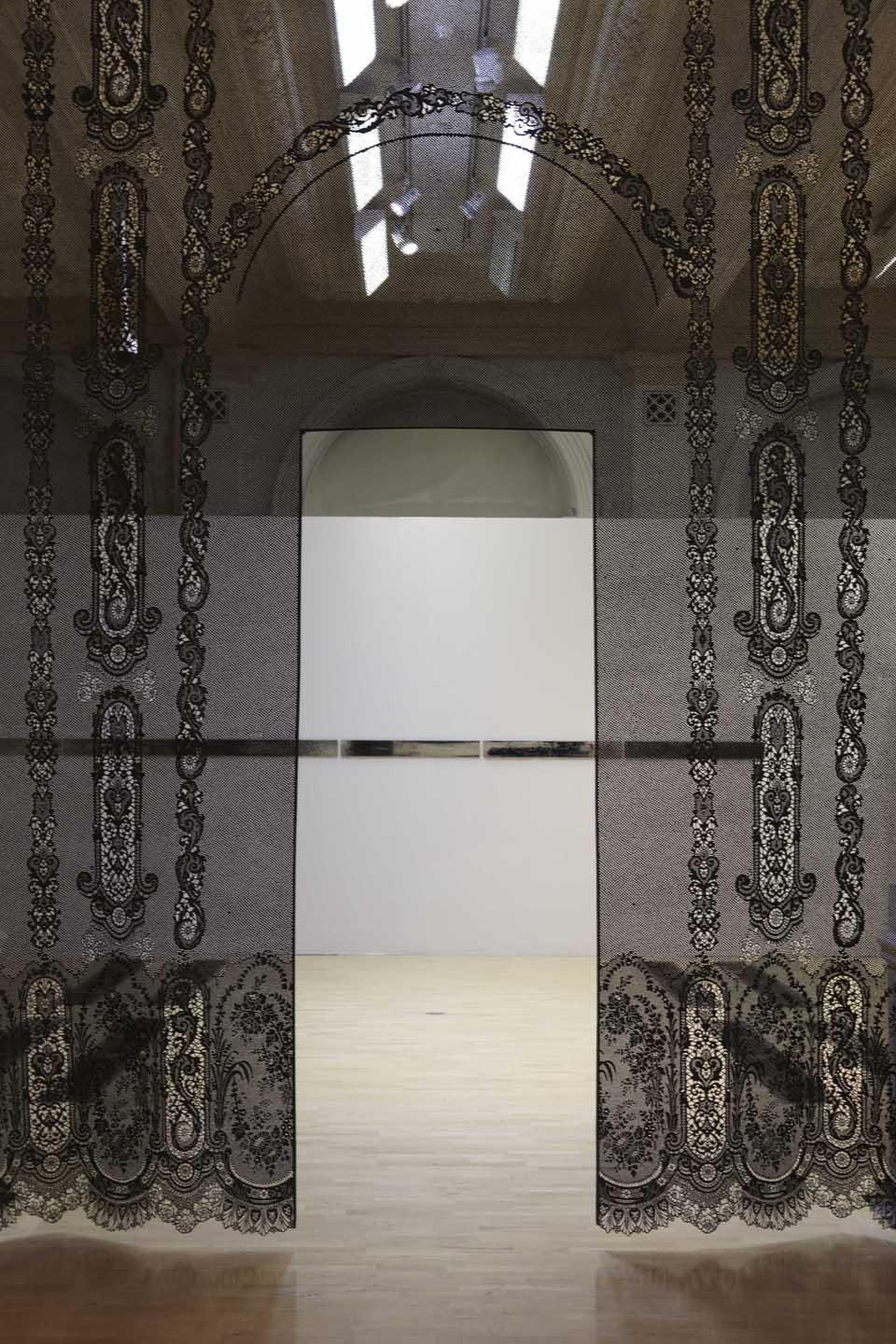
This exhibition will explore the relationship between textiles and space through a series of dramatic and ambitious new site sensitive installations
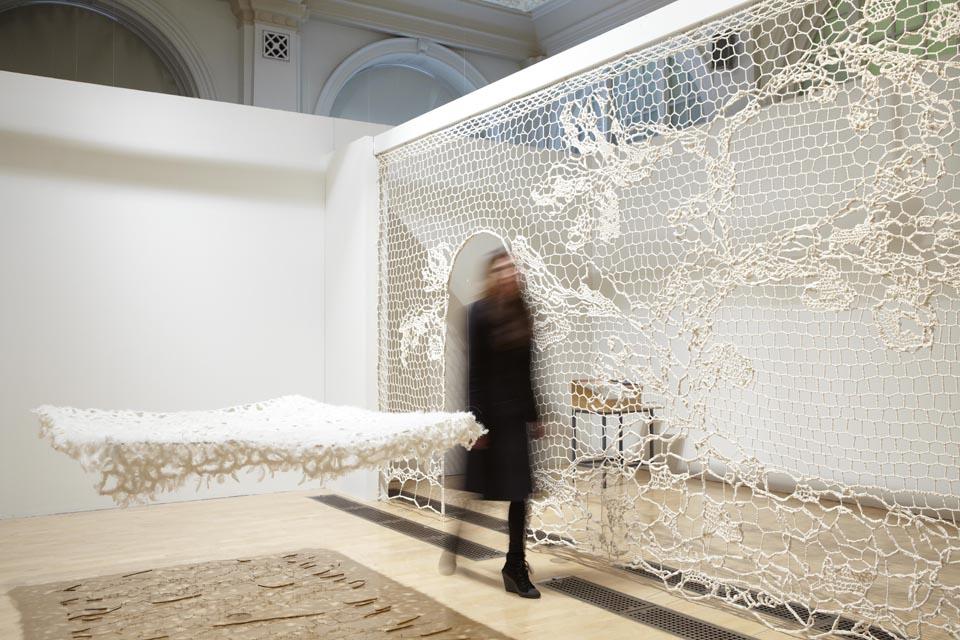
Rita McLean, Head of Museums & Heritage Services, BMAG added: 'BMAG is proud to be the first partner in the Crafts Council's new Fiffy:Fifty programme. We hope that Lost In Lace will increase public awareness of contemporary craft, regionally and nationally, through the exciting worldclass work it will present.'
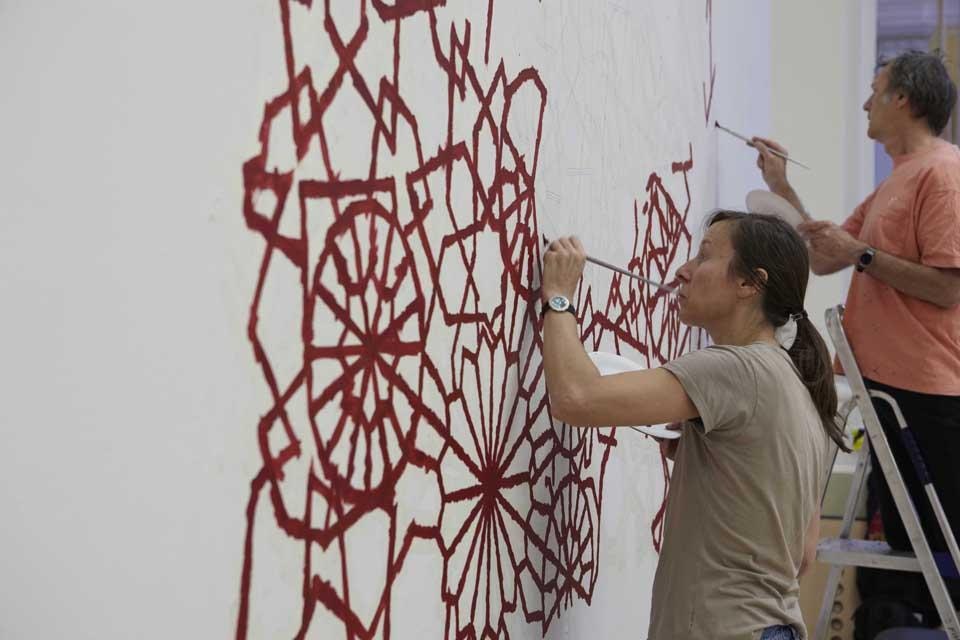
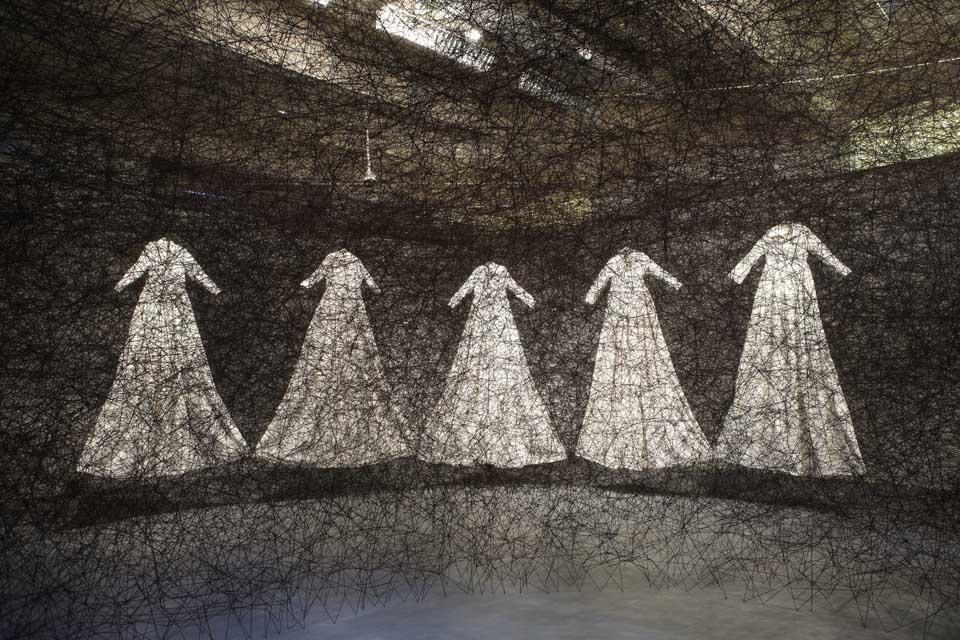
Lost in Lace
Gas Hall at Birmingham Museum & Art Gallery
Chamberlain Square, Birmingham
